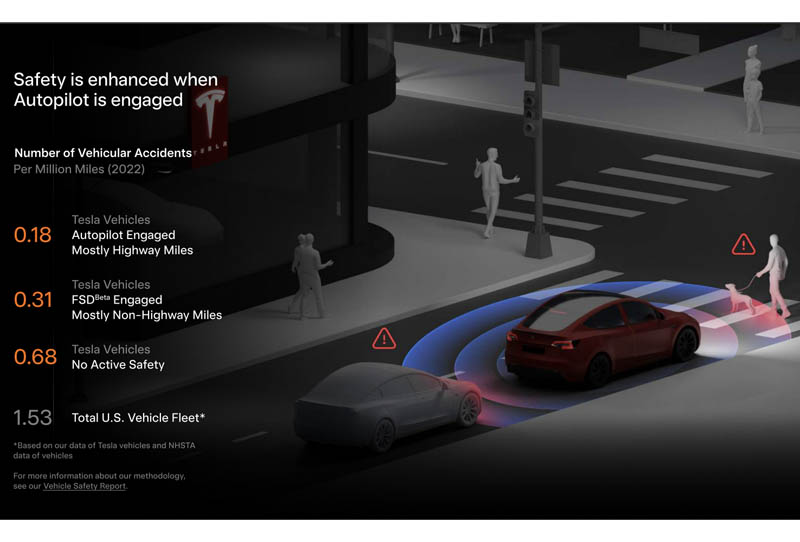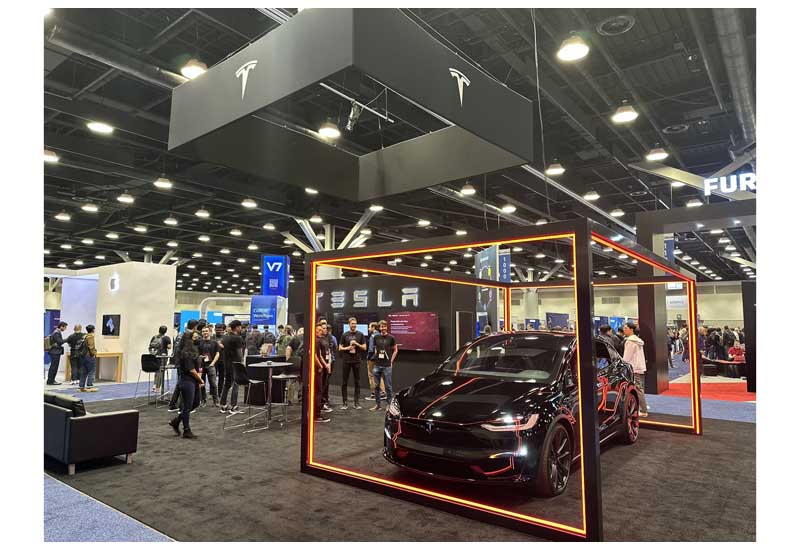Our understanding of autonomous driving changed dramatically last night during Elon Musk’s livestreamed test drive of Tesla’s FSD beta v12, (Elon Musk finally livestreamed Tesla FSD beta V12 on X). The impressively smooth urban drive marks a paradigm shift in how advanced AI models can be trained using only camera inputs and videos.
A Massive Leap Forward for AI Driving Models
During the demo, Musk’s FSD-equipped Tesla Model S deftly navigated dense city streets, handling complex scenarios like unprotected left turns, roundabouts, and parking lots. The AI system guided the vehicle based purely on camera data, with no pre-mapped routes or hand-coded instructions.
As Musk noted afterwards, this demonstration of multi-modal AI operating at scale to interpret and react to the intricacies of real-world driving is a huge leap forward. It validates the potential of neural network architectures trained on massive datasets.

Key Takeaways from the FSD Beta V12 Drive
A few key things stood out that highlight just how far Tesla’s autonomous driving technology has progressed:
Smooth Urban Driving
The FSD Beta model smoothly navigated tricky urban driving situations that often confound human drivers. This included lane changes, stopping for pedestrians, and complex intersections. The refined driving behavior was impressive.
Handling Diverse Scenarios
During the drive, Musk set random navigation waypoints to intentionally vary the route. The FSD system appropriately handled diverse scenarios like parking lots, roundabouts, and construction zones it had never driven before.
Responding to Real-Time Input
The vehicle dynamically responded to real-time data like dashcam footage of a roadside ditch, demonstrating integration of multiple data streams.
Minimal Intervention Needed
Musk only had to intervene once during the half hour drive to override the system’s decision, indicating vastly improved performance.
How Tesla Achieved This Breakthrough

Musk credits several key factors that enabled Tesla to reach this level of autonomous driving capability:
Massive datasets – Tesla has billions of miles of real-world driving data from its vehicles to continually train AI models.
Powerful inference hardware – Tesla’s custom AI inference computer delivers superhuman driving with only 100W of power (Tesla Dojo Supercomputer to Kick Off Production in 2023, Set to Radically Advance AI). Efficient int8 quantization makes this possible.
Fleet learning – Over 1 million Tesla vehicles on the road expand the training data and iteration speed.
Continued improvements – Regular FSD beta updates allow constant refinement of models.
The Road Ahead
While still requiring vigilance from a human driver, the capabilities shown in the FSD demo are incredible. Tesla appears to be on track towards releasing an autonomous consumer taxi service, pending regulatory approval.
As Musk noted, with scale, real-world data accumulation, and rapid iteration, the technology will continue advancing swiftly. We are witnessing AI progress that will reshape transportation, logistics, and many facets of life.
Last night was arguably a seminal moment in that journey. Tesla’s FSD beta demo marks an AI breakthrough that moves us significantly closer to self-driving becoming a safe reality.
